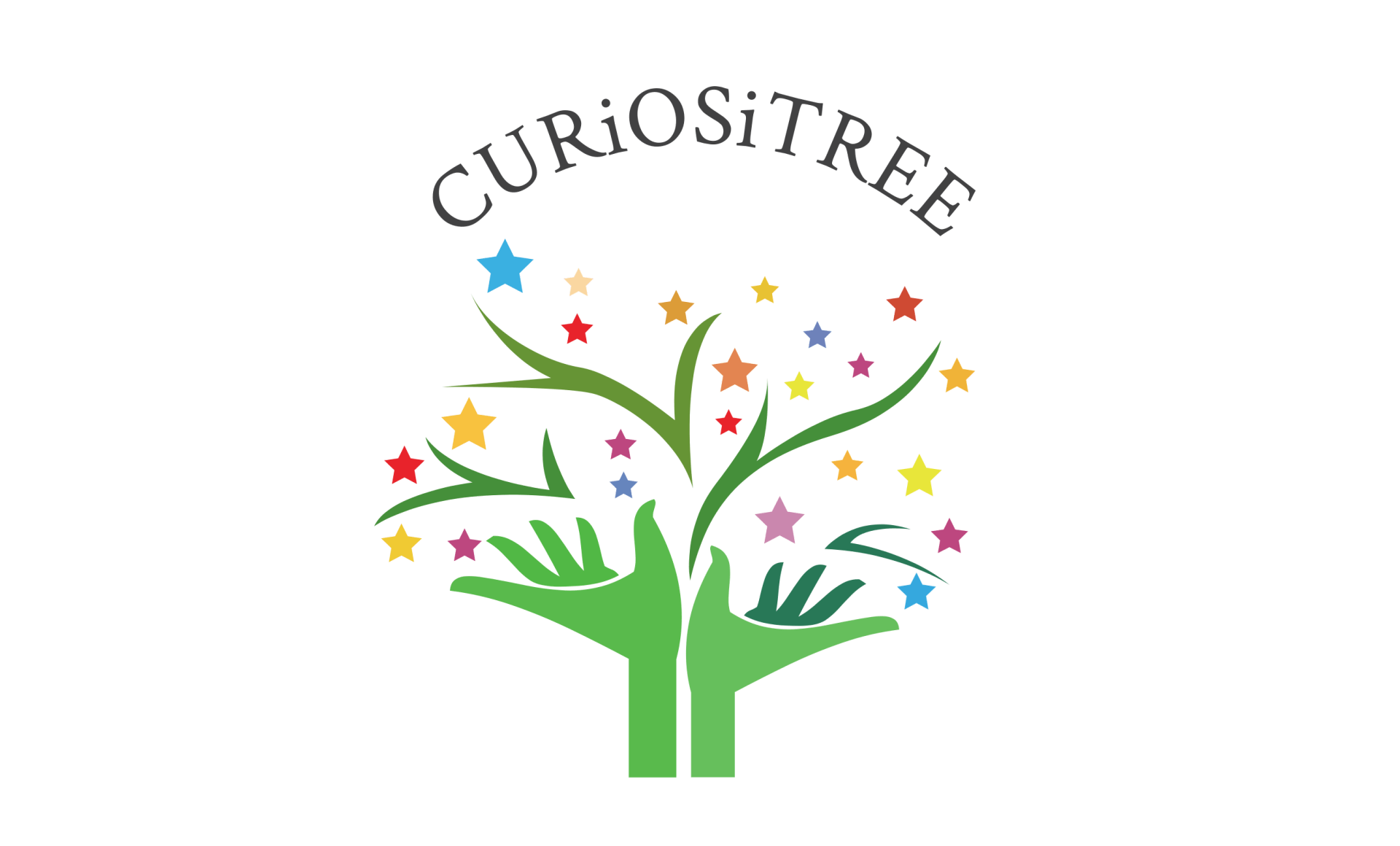School of Curiosity
Behaviour Policy
updated July 2025
Proactive Behaviour Plan
At the School of Curiosity, we have small classes and high ration of adults to children. We use a proactive approach designed to increase appropriate behaviours and decrease challenging behaviour by ensuring that children are well supported and listened to.
Monitoring for prevention will frequently allow us to identify antecedents that are likely to trigger challenging behaviour. In some cases, it is possible to change the context in which challenging behaviour is likely to take place.
Children have the opportunity to talk about how they are feeling and any worries or concerns every morning this helps to ensure that we are aware of how a child is.
Ways in which we support positive behaviour:
• Enriching the environment with art and creative options ensuring that the pupil’s environment provides ways to relax and deescalate high emotional states. Children are aware of the areas they can eg: go to draw, paint or be alone or quiet.
• Changing the Nature of Preceding Activities – for example, reducing level of difficulty and building this up again gradually, introducing frequent breaks or variety in tasks, creative timetabling for example having a highly motivating activity following a challenging activity or not moving from a highly motivating activity to a difficult activity. Also interspersing focused activities with outdoor activities or doing them outdoors.
• Eliminating particularly aversive events – for example stimuli that a pupil has a fear or aversion to such as physical contact, noise, dogs etc. and avoiding these, only reintroducing these gradually and systematically if appropriate and with consent.
• Eliminating or reducing internal antecedents – for example, hunger, pain, fatigue, illness. Space exists and is known to the children where they can rest, eg: lie on the cushions, read or sit outside.
• Making choices – children are included in making the plans about what is happening in their day, eg: the order in which activities might happen.
• Sensitivity and understanding towards PDA and ODD responses meaning that opportunities are created for talking about children’s responses only at a time, a manner and in a place that is appropriate, so that situations are not exacerbated.
Teaching Alternative Behaviours
Once the function of an inappropriate behaviour has been determined, it is possible build-in opportunities for replacement behaviours through increasing confidence in self and group.
· Escape/ Avoidance behaviour:
- Make learning fun, light and consent-based.
- Increasing tolerance of demands very gradually.
- Child understands they will be listened to when they express how they feel.
- Communication related to aversive situations is clear and open, the child is able to express emotions and internal events.
· Self-stimulatory behaviour: play skills, social skills, learning skills (e.g. staying on task) and self-regulation is understood and central to the learning.
· Access to objects/ activities: Children increasingly learn to direct their learning and activities, learning to wait, to accept help and to share or take turns.
· Attention: Social skills - including learning to give attention/focus to others in the group and accept attention/focus from them.
Types of Specific Consequence
If behaviour crosses the boundary of what is acceptable by continuously causing disruption, damage or upset.
Verbal – a verbal explanation is given after an inappropriate behaviour
Restorative Approach – conversation facilitated between those effected and steps taken to restore balance
Parental Plan – involving the carers in steps to improve the behaviour and understand the cause or reason, if necessary the child may need 1:1 support for a period of time.
If behaviours are aggressive, involve absconding or modelling undesirable behaviour to others then this setting may not be appropriate for them.
